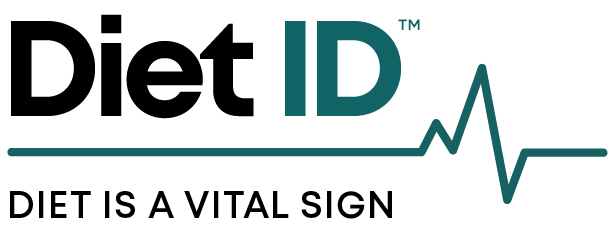It’s no secret that whole-food, plant-predominant diets are an asset to our health. The reason is that whole plant foods — whole grains, beans and lentils, nuts and seeds, vegetables, and fruits — are densely concentrated with nutrients known to support optimal health and combat disease. And they are free of the damaging components that harm health. Basing our meals on these foods is a huge step in achieving our health goals.
That said, many questions remain, like: how much meat is too much? What about fake meat? What does this mean for cheese, milk, yogurt, and eggs? Should I focus on carbs? Fats? Calories?
Whole books have been written on this (this one, co-authored by David Katz, Diet ID’s founder and CEO, addresses all of these beautifully), so I’ll keep it basic here: don’t worry about the details right now. A few weeks of increasing health-supporting plant foods in your diet—without worrying about calories or protein or any of the numbers—might free your mind (and your bank account) while giving your body and mind a little extra food for thought.
Because of the pandemic, the food supply is undergoing tremendous stress at the moment. Supply chain disturbances, such as the shutdowns of meatpacking plants, is causing retail meat shortages and skyrocketing prices. Rather than panic, hoard, or overstuff your freezer, maybe this is the best time to experiment with other types of meals to nourish your body and spirit.
If this sounds a bit too ambitious, let’s break it down.
Whole grains: You can buy these bagged, boxed, or bulk online and at stores. They cook in water. Each one is a little different. Get the scoop on whole grains here. Here’s a printable handy cooking chart and more info.
Beans and lentils: You can buy these bagged, canned, or bulk online and at grocery stores. They cook in water (canned beans are ready to go). Like whole grains, each one is a little different. I love this site — it has a ton of information about cooking beans, conversions (dry to cooked, for example), and recipes that you can search by bean type, cuisine, recipe type, gluten free, vegetarian, etc. If you’re afraid of the possible “side effects” of eating beans, this site also has tips on reducing flatulence (which, by the way, truly does vanish when you eat beans regularly). Beans are awesome for soups, salads, dips, chilis, snacks, appetizers, even breads (Bean flours are used to make some Indian and gluten free breads).
Fruits: You don’t need a primer on this one! Fruits are wonderful eaten just as they are, and they are also wonderful additions to mixed dishes. Think chunks of pineapple in a Thai curry or sliced banana in your mixed grain cereal. One of my favorite web sites for turning fruit into something else entirely is this one — bet you never knew you could do so much with pears!
Vegetables: When making vegetables, try think about what cuisine you want to enjoy, and the way to use the veggie will follow. Say you have an eggplant: what to do with it? Well, if you like Middle Eastern cuisine, you might turn it into a smoky baba ghanoush, or a naturally sweet eggplant salad. If you’re up for Italian, you can try it grilled or baked into a cheesy casserole. Try this simple baingan bharta if you feel like Indian cuisine. For a Thai spin with chili and basil, try this recipe. If you love Chinese food, here’s how to make that yummy eggplant with garlic sauce. This Japanese eggplant recipe is elegant and simple. Makes that pile of peas look a little boring, doesn’t it?
Nuts and Seeds: Some people shy away from nuts and seeds because of their fat (and therefore relatively high calorie) content. But this is a mistake, because as part of a healthy diet, nuts don’t appear to lead to weight gain, especially if you focus on the raw, unsalted varieties. The fat they contain is healthful, and for even a moderate serving (1-2 ounces), you’re getting a slew of important nutrients like iron, calcium, B-vitamins, antioxidants, and phytochemicals. Beware of roasted/salted, candy coated, or super flavored nuts; a little is ok but too much and those extra ingredients start to outweigh the health benefits! This site has everything you’ve ever wanted to know about nuts, and more! Nuts are wonderful by the handful, but I like them best in other recipes like curries, whole grain pilafs, smoothies, and sprinkled on my steel cut oatmeal. Ground up (nut butter) and used as a base for a sauce is a decadent way to enjoy whole grains and vegetables.
Putting it all together: Plant-based eating is a joy, not a deprivation. Spend a few minutes each day seeking out recipes for things you have in your pantry and fridge, and experiment with new flavors and techniques.












